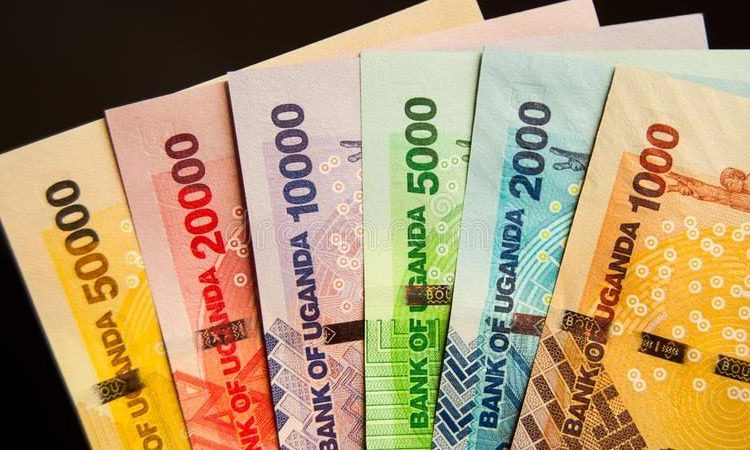
Kenya and Uganda’s differing currency trajectories will likely see their central banks take divergent paths on interest rates this year.
While both their monetary policy committees are expected to hold borrowing costs this week, analysts predict that Uganda may need to keep its interest rate higher for longer to support its currency, whereas Kenya should be able to ease later this year.
“Kenya and Uganda have among the highest real policy rates in the world, suggesting there is room for both countries to lower rates,” said Patrick Curran, senior economist at Tellimer Ltd. “However, a decline in external concessional funding and an associated drop in reserves has made Uganda’s central bank more reluctant to ease its policy stance given the risk this entails for the exchange rate.”
Uganda’s shilling has depreciated about 5% against the dollar since the World Bank — long its biggest provider of budget support — froze new funding in August because the nation’s anti-LGBTQ act contradicts the Washington-based lender’s values. The law passed in May 2023 includes the death penalty for so-called “aggravated homosexuality,” defined in part as engaging in sex with a minor or if the offender is HIV-positive.
Last month, lawmakers agreed to increase local borrowing by 12% in fiscal 2024-25 from a year earlier because of substantially lower external financing compared with original budget plans.
The strain on the shilling has prompted the MPC at successive meetings this year to lift the key interest rate to 10.25% to support the currency. Deputy Governor Michael Atingi-Ego has warned that “further exchange-rate depreciation could drive inflation above the medium-term target of 5% by the second half of 2024.”
Annual inflation accelerated to 3.6% in May from 3.2% a month earlier.
In contrast, Kenya’s shilling has appreciated almost 10% since August. The currency started reversing four years of declines against the dollar in February. Factors driving the gains include the partial refinancing of its June 2024 dollar bonds, two successive interest-rate hikes in December and February and the recent approval of $1.2 billion loan from the World Bank, which will boost foreign-exchange reserves.
The nation’s annual inflation rate rose to 5.1% last month from 5% in April as El Niño-induced floods affected food prices.
–Bloomberg







